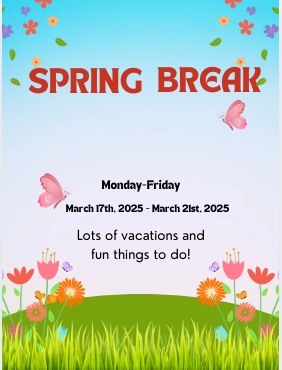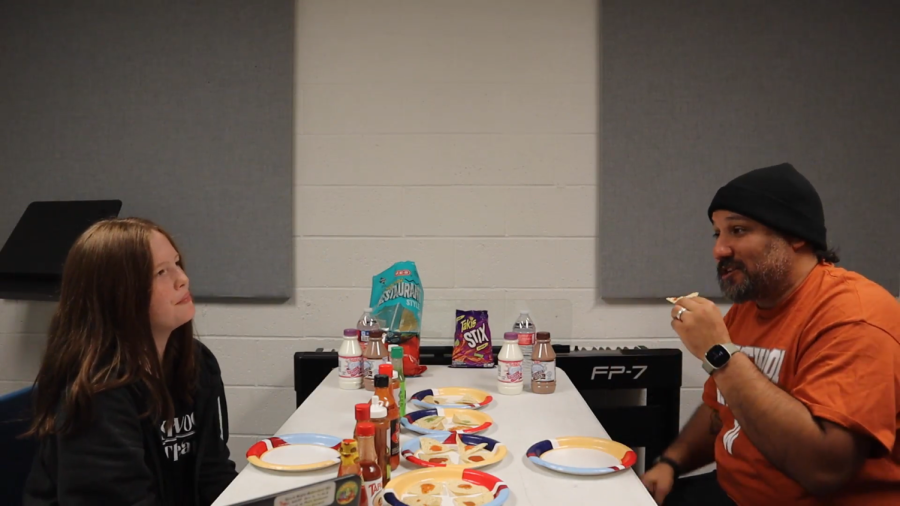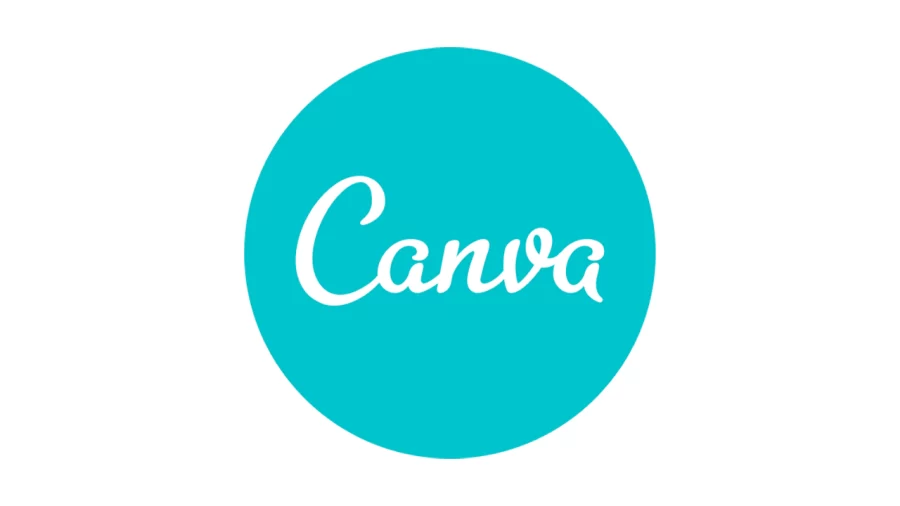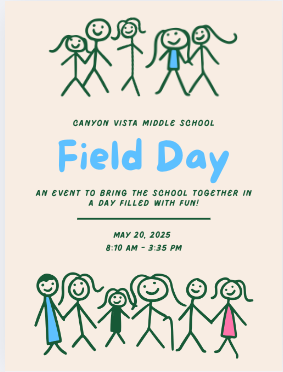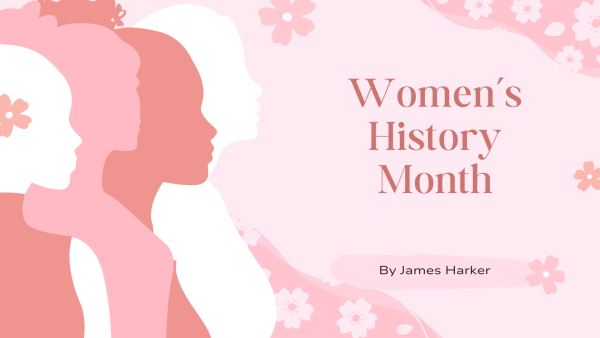The Tradition of Easter Eggs
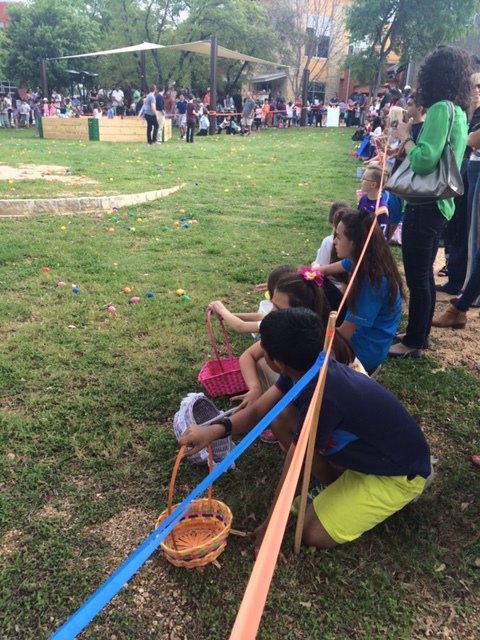
Easter Sunday is where Christians all around the world celebrate the resurrection of Jesus Christ. Many customs celebrated on this special day include attending church, meeting up with relatives, Easter bunnies, and the most popular Easter egg hunt. “I celebrate Easter helping my sister collect Easter eggs and eat a lot of chocolate,” said 8th grader Shriya Josyula. In this tradition, the mystical Easter bunny hides Easter eggs filled with candy and all sorts of pleasant surprises for young kids to find. However, how did this fun Easter egg game tradition come to existence?
As Christianity started to spread in the European hemisphere, many holiday customs started to blend in Easter. In fact, the word Easter comes from a Pagan figure called “Eostre,” who was celebrated as the goddess of fertility, dawn and spring by the Saxons of Northern Europe.
Eggs have been a mythological symbol of new birth for thousands of years. Christians adopted the eggs custom sometime around the 13th century. The Yolk represented Christ’s emergence from the tomb while the outer shell was painted red to represent the blood shed by Christ on the cross. These colorful eggs then hatched its own traditions. Some of the popular ones are egg hunting and rolling. In 1876, Congress had passed a law that banned children from egg rolling on the capitol grounds. So President Hayes and his wife opened the White House grounds for kids to play, and this tradition is even being carried out in today’s time.
Next, how did the Easter bunny come to be a reality? The rabbit was considered new life in many European Pagan customs during olden times. According to sources, the Easter bunny first arrived in America in the 1700s with German immigrants who settled in Pennsylvania and transported their tradition of an egg-laying hare called “Osterhase.” During the beginning of the 16th century, parents told their children that if they behaved well, on the eve of Easter, the Osterhase would reward them with colorful, painted eggs. Children build nest in their homes to prepare for the rabbit’s visit.
To fill the baskets, the 19th century European chocolatiers started producing egg shaped chocolates. This sweet trend spread world wide. In today’s time, plastic eggs are filled with small delights of candy or chocolate.
That’s how the custom of egg hunting and Easter bunnies came into a world wide tradition of Easter. Easter is a fun day where Jesus’s rebirth is celebrated with many traditions for kids to enjoy. How do you celebrate your Easter?





